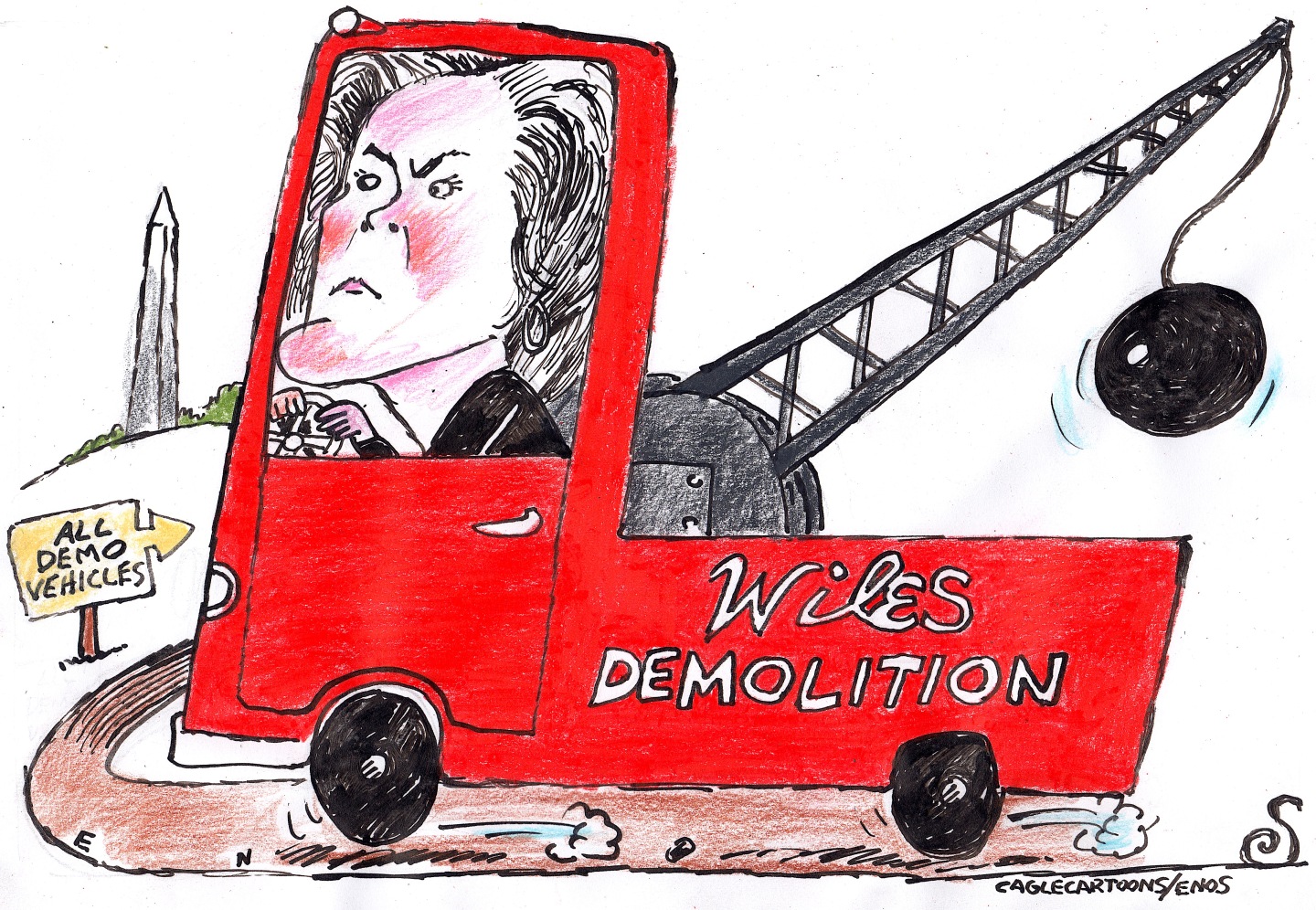Exhibit of the week: House & Home
The National Building Museum’s “most ambitious project to date” looks at the evolution of the American domicile.
National Building Museum, Washington, D.C.
Through May 2017
We Americans have always been obsessed with our homes, said Kathleen Bridges in Washingtonian. Seventeen years in the making, the National Building Museum’s “most ambitious project to date” answers that passion with a sweeping look at the evolution of the American domicile. It starts, as any house does, with raw structure—full-scale wall-and-roof sections whose adobe blocks, rough-hewn timber, and contemporary glass-curtain walls “beg to be touched.” Already, the show is raising “some of the big questions,” said Penelope Green in The New York Times. For one: “Why do houses look the way they do?” As a visitor moves on past scale models of iconic American homes and, later, into a display stuffed with “curious, kitschy,” sometimes even useful domestic artifacts, the most persistent question is this: “How do our homes express who we are?”
The Week
Escape your echo chamber. Get the facts behind the news, plus analysis from multiple perspectives.

Sign up for The Week's Free Newsletters
From our morning news briefing to a weekly Good News Newsletter, get the best of The Week delivered directly to your inbox.
From our morning news briefing to a weekly Good News Newsletter, get the best of The Week delivered directly to your inbox.
“The exhibit’s best feature” is that series of 14 detailed architectural models, said Emily Badger in TheAtlantic.com. The story they tell takes us from New England’s oldest surviving wooden mansion—Salem, Mass.’s so-called House of the Seven Gables—through Thomas Jefferson’s Monticello and Frank Lloyd Wright’s Fallingwater. Because the models are all made to the same scale, there’s “a ridiculous quality” to the relative size of the display’s John Hancock tower, a highlight of Chicago’s skyline. Also amusing is the presence of Jell-O molds from the 1960s, that famous 1976 Farrah Fawcett poster, and even a scary-looking 1920s vibrator, all of which help remind us of the various ways we’ve filled our homes and the time we spend in them. But there’s “meatier stuff” here, too, including a timeline that explains the history of the American mortgage, and how our national appetite for borrowing and building helped precipitate the financial collapse of 2008.
There could have been far more on “other dark chapters” in the industry’s history, said Philip Kennicott in The Washington Post. The curators deserve credit for including mention of the laws and regulations that at times have made it impossible, or nearly impossible, for members of various minority groups to own homes. But it’s hard to understand why little is said about the environmental wastefulness inherent in America’s low-density housing patterns, or why the show fails to explore our culture’s deep ambivalence about hearth-centered family life. But the “feel-good fare” that’s favored here does help to tell one important story “clearly and engagingly”: Americans are constantly reimagining the perfect home because our ideal dwelling “is the first and most fundamental theater of our relentless self-invention.”
A free daily email with the biggest news stories of the day – and the best features from TheWeek.com
-
 Political cartoons for December 20
Political cartoons for December 20Cartoons Saturday’s political cartoons include drowning rats, the ACA, and more
-
 5 fairly vain cartoons about Vanity Fair’s interviews with Susie Wiles
5 fairly vain cartoons about Vanity Fair’s interviews with Susie WilesCartoon Artists take on demolition derby, alcoholic personality, and more
-
 Joanna Trollope: novelist who had a No. 1 bestseller with The Rector’s Wife
Joanna Trollope: novelist who had a No. 1 bestseller with The Rector’s WifeIn the Spotlight Trollope found fame with intelligent novels about the dramas and dilemmas of modern women